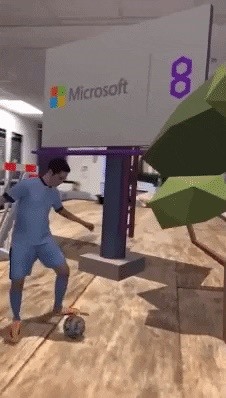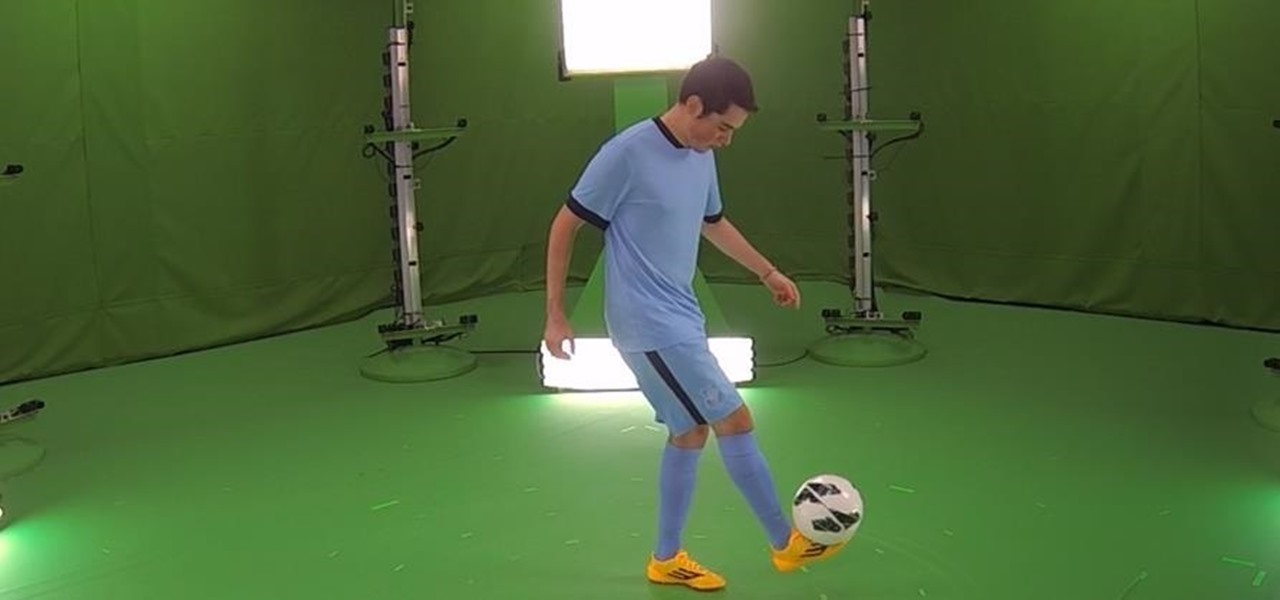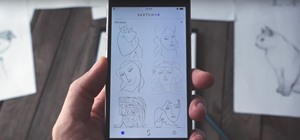As demonstrated by holographic experiences for the Microsoft HoloLens and the Magic Leap One, volumetric video capture is a key component of enabling the more realistic augmented reality experiences of the future.
But the augmented reality industry is accelerating the technology of tomorrow today, with AR platform maker 8th Wall standing in as the latest company to support volumetric video after Verizon and Apple made their own moves last week to acquire 3D and motion capture technology.
- Don't Miss: Microsoft Mixed Reality Capture Demonstrates the Future of Music Videos via Volumetric Capture
This week, 8th Wall revealed that developers can now integrate content from Microsoft's Mixed Reality Capture studios into its 8th Wall Web, its platform for cross-platform and web-based AR experiences. This makes it possible for mobile web audiences to view highly-realistic 3D content in their physical environment through the web browser on their smartphone or tablet.


"We're thrilled to partner with 8th Wall, and have been impressed how great our holograms look and play in their WebAR solution. Such easy and instant access really delivers on the promise of volumetric video for mixed reality anytime, anywhere," said Steve Sullivan, general manager of Mixed Reality Capture Studio, in a statement.
The company has published a demo experience, featuring a soccer player with some impressive ball-handling skills, that interested parties can try for themselves.
8th Wall's support for Mixed Reality Capture Studio isn't its first foray into volumetric video. Over the summer, 8th Wall enabled developers to bring holograms captured by 8i to web-based AR experiences.
"We were looking for an easy way to showcase the connectivity between a real person and a hologram. This is a big success for us," said Esta Chiang, volumetric technical director at 8i, in a statement.
The integration of Microsoft's flavor of volumetric video into 8th Wall Web comes on the heels of Verizon's purchase of Jaunt, the VR startup that pivoted to volumetric video capture a year ago, along with Apple's acquisition of iKinema and its real-time motion capture technology.
The leading AR headsets have already shown off the futuristic experiences volumetric video can enable. Microsoft has demonstrated the ability to bring an AR clone to life, while Mimesys has made holographic telepresence a reality, prompting Magic Leap to acquire the company and its technology.
These next-generation experiences are the stuff of dreams for Verizon and AT&T, two companies banking on augmented reality content as proof points behind the need to push forward with 5G networks.
But 8th Wall's utilization of the technology shows that mobile AR experiences can take advantage of it right now. For example, The New York Times has shown how it can use volumetric video for feature stories.
While studios like Microsoft's Mixed Reality Capture are few and far between, innovations like those made by Jaunt, which has developed not only portable studio technology but also the software to manipulate the content, along with platforms like 8th Wall to publish the results, could result in a rush of more realistic AR experiences in the coming months.
Just updated your iPhone? You'll find new features for Podcasts, News, Books, and TV, as well as important security improvements and fresh wallpapers. Find out what's new and changed on your iPhone with the iOS 17.5 update.























Be the First to Comment
Share Your Thoughts